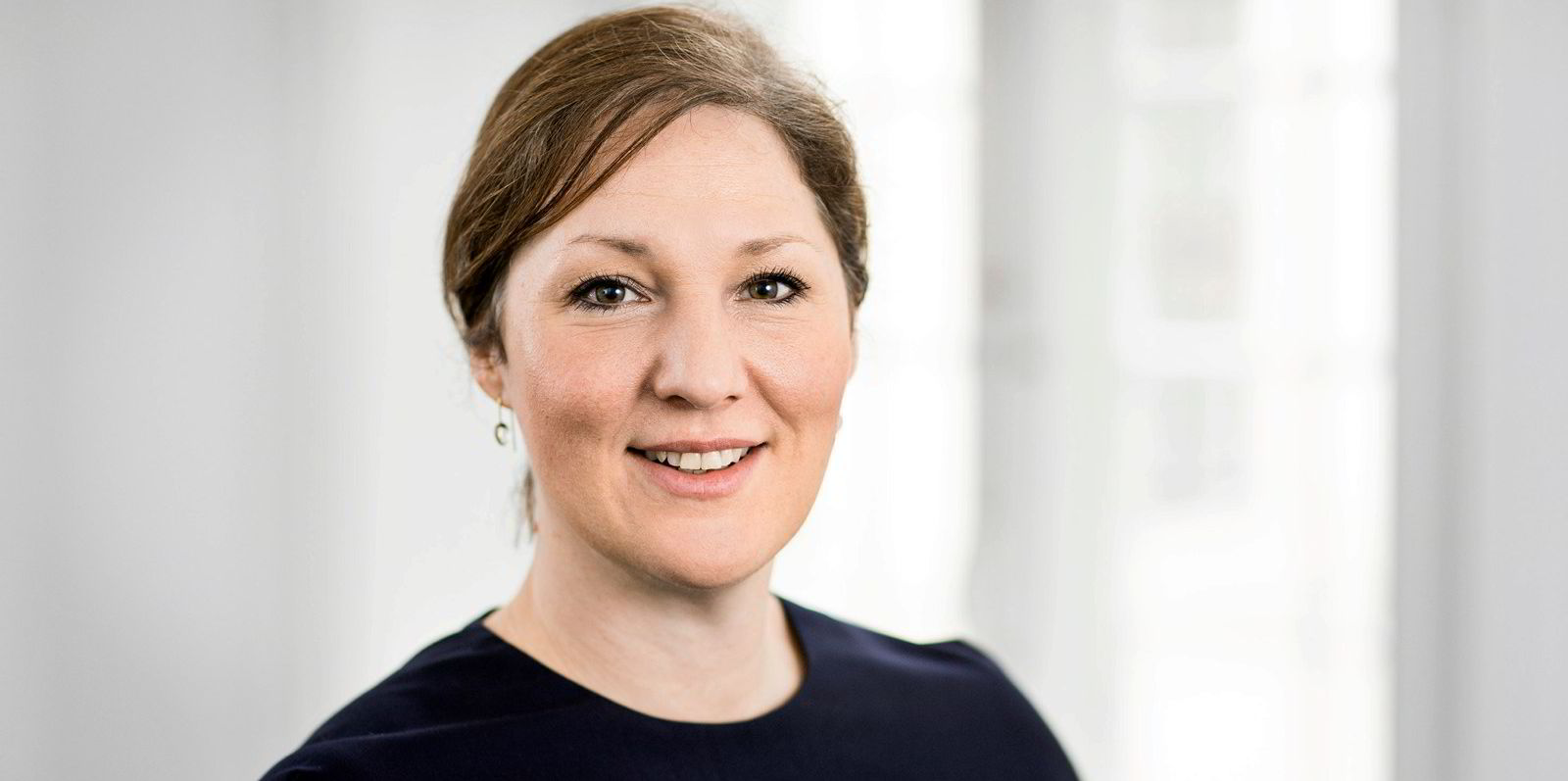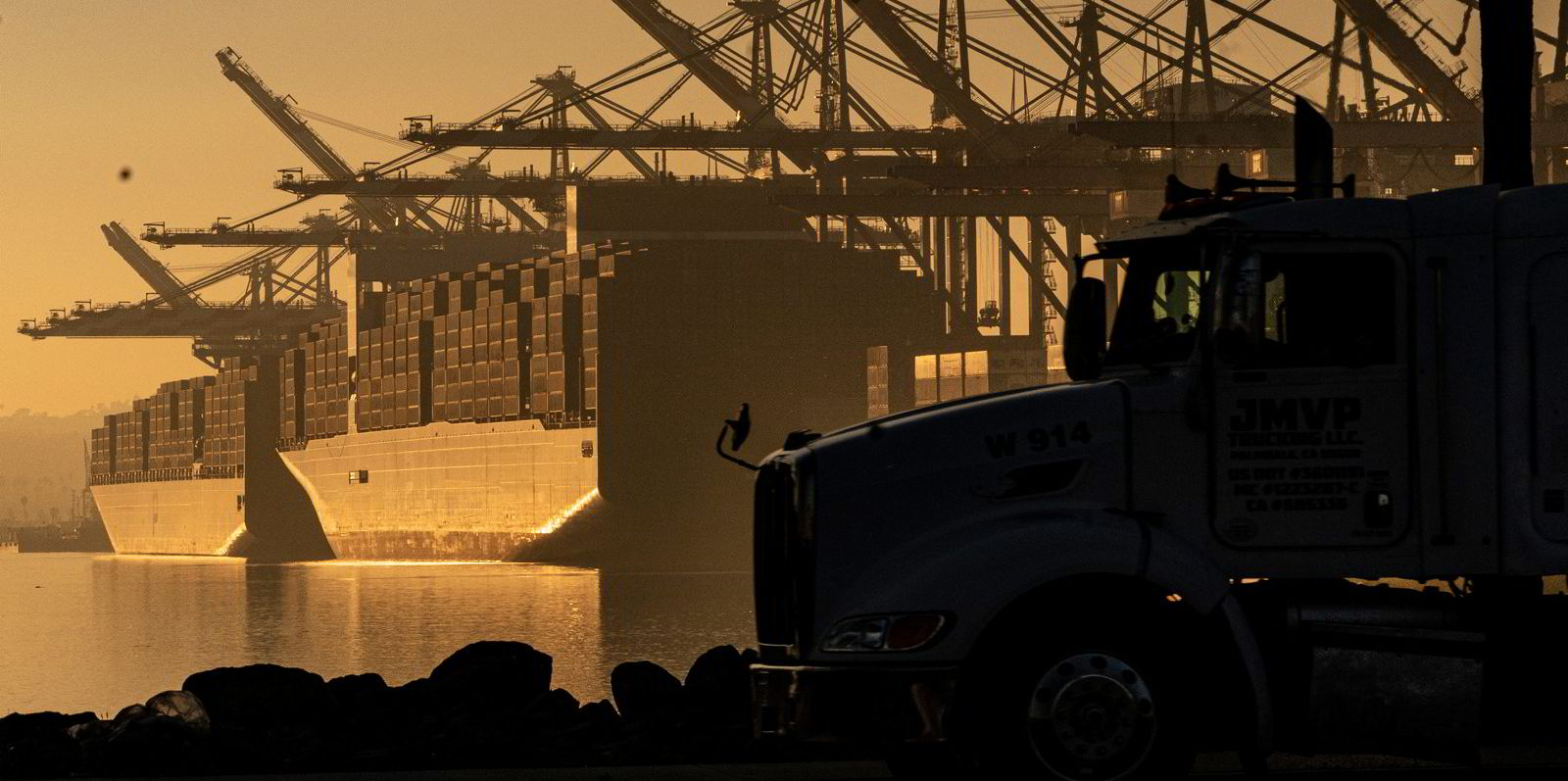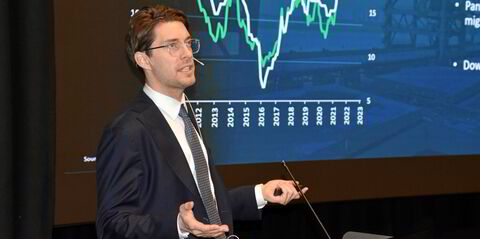The past year has seen shipping change course on climate change — at least when it comes to the final destination. In October, more than 200 organisations delivered the Call to Action for Shipping Decarbonisation, acknowledging that industry and governments must bring the sector’s emissions to zero by 2050.
At the International Maritime Organization’s Marine Environment Protection Committee meeting in December, the majority of countries who spoke supported a zero target for 2050, though no such resolution has yet been adopted.
In the medium-term, there has been broad acceptance of the need to shift 5% of the industry’s fuel use to scalable zero-emission fuels by 2030.

The technologies needed to produce zero-emission fuels and use them on oceangoing vessels are understood and under development. But putting them in place will require a complex and coordinated effort across multiple industries and governments.
Governments and industry are increasingly looking to simplify that task by establishing “green corridors”: specific routes where the economics, logistics and politics of zero-emission shipping are more feasible and rapid deployment can be supported by policy and industry action.
Green corridors have been likened to special economic zones at sea — arenas where companies deploy new technologies and business models at full scale, interacting with each other and with regulations and incentives tailored to their efforts.
Last year, the Global Maritime Forum, Mission Possible Partnership and McKinsey & Co published The Next Wave study on behalf of the Getting to Zero Coalition, which suggested that corridors can have an enabling effect on decarbonisation. At the same time, 22 national governments signed the Clydebank Declaration with a goal of establishing at least six by the middle of the decade.
This is a crucial moment for the idea of green corridors: if companies and governments wait for each other to act, too little will happen, too late. If individual companies or government agencies plough ahead with their own priorities, they may fail to create the enabling corridor framework necessary to bring these initiatives to scale.
The coordination that will define green corridors needs a shared point of reference, a hook on which the work of the many stakeholders involved can hang.
We believe that hook could be “route maps” — maritime versions of industry roadmaps that describe a shared pathway for change. If green corridors are to deliver on the industry’s ambitions, multiple route maps should be rolled out on promising corridors during 2022.
The key to route mapping will be participation from shipping companies, cargo owners and charterers, zero-emission fuel producers, ports, and regulatory bodies and other policymakers. The maps should be public-private initiatives, ideally delivered via joint initiative, shared project or programme. If no single actor, public or private, “owns” the route map, then they all can.
Route maps should not replace the detailed plans that companies, ports, and regulatory agencies need. Instead, they provide a shared reference point that is not bound by the constraints of investment approval and rules of governance decisions.
Mobilising demand
In The Next Wave we produced two indicative route maps for promising green corridors. They looked at three thematic areas: determining the fuel pathway, mobilising demand, and the policy and regulatory environment, and identified milestones between now and 2030.
With the Clydebank Declaration goal of having six corridors in operation by the middle of this decade — and the time horizons for the necessary investment — multiple route maps would need to be ready in 2022 and the rest underway.
The past few months have seen announcements from two green corridors that have been set in motion — across the Pacific between the ports of Los Angeles and Shanghai, and across the Atlantic between the ports of Antwerp and Montreal.
As these corridors develop, they will need to learn from one another, and, in time, harmonise their efforts so that green corridors can be knitted together, and their zero-emission solutions spread to the global shipping industry.
A first step will be the development of guidance for route mapping in green corridors this spring. We call on all those who can contribute to this process to engage with route mapping in 2022 so that the journey towards zero-emission shipping can begin.
Written by Johannah Christensen, CEO, Global Maritime Forum; Katharine Palmer, shipping lead, Climate Champions; and Jesse Fahnestock, head of research and analysis, Global Maritime Forum
Do you have an opinion to share?
Email: news@tradewindsnews.com



